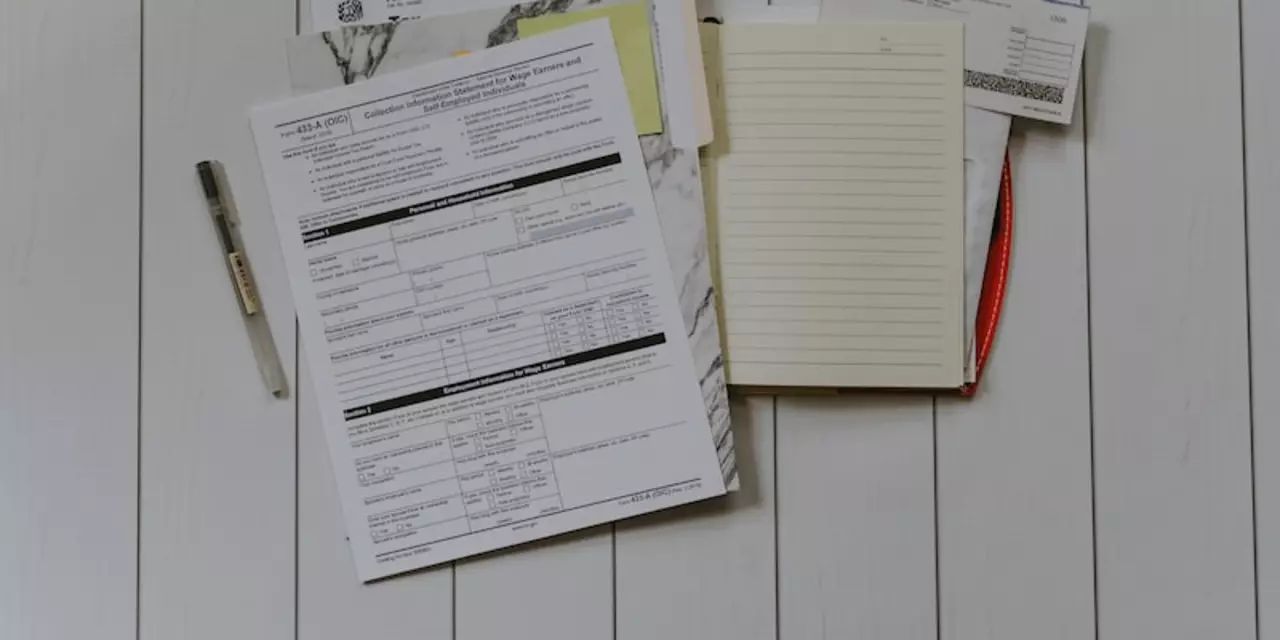Introduction
If you have a side business, you may be wondering when to file taxes for your business income. The answer depends on a variety of factors, including the type of business you have, the amount of income you’ve earned, and your filing status. In this guide, we’ll cover the basics of when to file taxes for a side business and provide some helpful tips to help you stay on top of your taxes.When to File Taxes for a Side Business
The most important thing to remember when filing taxes for a side business is that you should do so as soon as you receive income from your business. Depending on the type of business you have, you may need to file quarterly or annually. The IRS offers a helpful guide on when to file taxes for different types of businesses.Filing Status for Side Businesses
When filing taxes for a side business, you will need to determine your filing status. Generally speaking, you will be filing as a sole proprietor or a self-employed individual. You may also need to file as a partnership or an S-corporation. The type of filing status you choose will affect your taxes, so make sure to research the different options and determine which one is best for your business.Helpful Tips for Filing Taxes for Your Side Business
Filing taxes for a side business can be confusing, so here are a few helpful tips to keep in mind:- Keep track of your income and expenses. Keeping accurate records of your income and expenses will make it much easier to file your taxes.
- Take advantage of deductions. There are a variety of deductions available for side businesses. Make sure to take advantage of them to reduce your tax burden.
- File your taxes on time. Filing your taxes late can result in costly penalties, so make sure to file your taxes as soon as possible.
- Consult a tax professional. Taxes can be complicated, so it’s always a good idea to get advice from a tax professional. They can help you navigate the tax code and ensure that you are taking advantage of all the deductions available to you.
Conclusion
Filing taxes for a side business can be a daunting task. However, with a bit of planning and research, you can make sure that you’re filing your taxes correctly and taking advantage of all the deductions available to you. Remember to keep accurate records of your income and expenses and consult a tax professional if you need help.Starting a side business is an excellent way to supplement your income and pursue something you’re passionate about. However, once your business takes off, you need to understand how to properly file your taxes. Knowing when to file taxes for your side business can be tricky, but this guide can help you figure it out.
Step 1: Determine Your Business Structure
The first step in filing taxes for your side business is to determine the type of business structure you have. Depending on the type of business you have, the way you file taxes may be different. If you have a sole proprietorship, for example, you’ll need to file your business income and expenses on a Schedule C of your personal tax return. If you have a partnership or limited liability company, you’ll need to file a separate tax return for your business.
Step 2: Understand Your Tax Obligations
Once you know the type of business structure you have, you need to understand your tax obligations. Depending on your business structure, you may need to pay estimated taxes quarterly or self-employment taxes. You may also be required to pay payroll taxes if you have employees. Make sure you understand all of the taxes you are required to pay and when the payments are due.
Step 3: Keep Track of Your Income and Expenses
In order to properly file your taxes, you need to keep track of your income and expenses. Make sure to keep detailed records of all of your business transactions throughout the year. This will make it much easier to file your taxes come tax time. You should also keep track of any business-related deductions you are eligible for, such as mileage or office supplies.
Step 4: File Your Taxes
Finally, once you have all the information you need, it’s time to file your taxes. If you’re filing taxes on your own, make sure you understand which forms and schedules you need to complete. If you’re working with a tax professional, they can help you determine which forms and schedules you need to file. Make sure you file your taxes by the due date to avoid any late filing penalties.
Filing taxes for a side business can be intimidating, but it doesn’t have to be. By following these steps, you can make sure you file your taxes correctly and on time.
